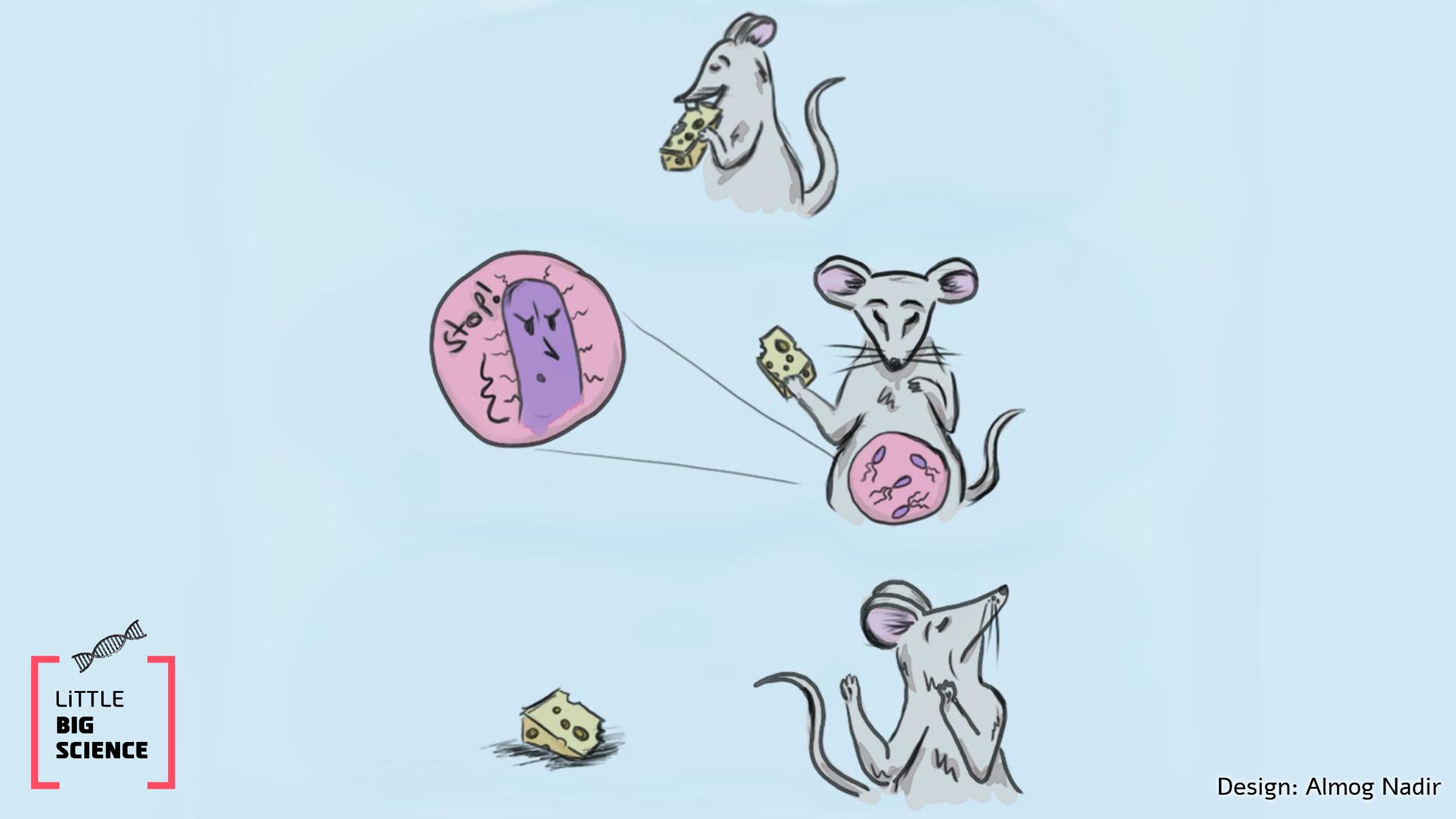
A neural circuit linking gut microbiome bacteria to the brain has been revealed for the first time. In this circuit, sensory cells in the wall of the colon detect messages from bacterial proteins and, in response, transmit nerve signals to the brain—to eat less.
Advertisement
Guest post by Naama Reicher, postdoctoral scholar at Duke University and the lead author of the research paper.
In his 1955 essay “Second Thoughts on the Germ Theory,” microbiologist René Dubos wrote: “Although everyone carries disease-producing bacteria, not everyone is ill” [1]. This observation laid the groundwork for the study of the microbiome—the community of bacteria living in our bodies that not only does not make us sick but is essential for our health. Thousands of studies over recent decades have mapped the influence of the gut microbiome on the immune system, metabolism, eating habits, and behavior.
To affect the host’s behavior, bacteria sealed off in the gut lumen must somehow relay their signals to the nervous system. A new study published in Nature by researchers in the Departments of Gastroenterology and Neurobiology at Duke University has identified a sensor in the wall of the colon that conveys bacterial signals directly to the brain to control feeding [2]. The study focused on distinct sensory cells in the intestinal wall called neuropod cells. These cells respond to nutrients in the gut lumen by releasing satiety-promoting hormones. In addition, each cell contains a leg-like structure with neuronal characteristics through which it transmits a direct neural signal [3]. Hence the name: “neuro” for neuronal activity and “pod” for leg.
Beyond hormone secretion, neuropod cells can communicate directly with the brain via terminals of the vagus nerve—the “wandering nerve” that connects the brain to multiple organs. Using neurotransmitters, neuropod cells pass messages through the vagus nerve to the brain within milliseconds [4]. In this way, they influence feeding behavior and dietary preferences, such as favoring calorie-rich sugar over artificial sweeteners [5].
The present study set out to identify a sensor on neuropod cells capable of detecting signals from bacteria in the gut lumen and transmitting them to the brain. To that end, the researchers sequenced RNA from colonic neuropod cells—an area rich in bacterial populations—and compared expression levels of genes encoding receptors for bacterial products with those in non-neuropod epithelial cells. They found that the Toll-like receptor 5 (TLR5) was expressed significantly more in neuropod cells. To probe TLR5’s function, the team generated mice with a mutation that silences TLR5 only in colonic neuropod cells. These mice gained excess body weight due to larger meal sizes.
TLR5 recognizes flagellin, the protein building block of the flagella that propel motile bacteria. Colonic neuropod cells use TLR5 to detect bacterial flagellin in the gut lumen and respond with a neural signal mediated by the molecule Peptide YY (PYY), which travels from neuropod cells to vagal endings and activates them within seconds.
How does this relate to eating? Flagellin levels in the colonic lumen correlate directly with food intake: fasting mice show low flagellin levels, whereas ad-libitum-fed mice have high levels of flagellin in the gut.
The researchers then examined how this neural signal shapes real-time feeding behavior. They perfused flagellin into the colons of fasted mice and then immediately provided them with food. Flagellin robustly suppressed feeding within just twenty minutes. The effect required TLR5 activity in neuropod cells and PYY signaling, as blockade of TLR5 or the PYY receptor using drugs abolished flagellin’s appetite-suppressing action. The response was unrelated to a typical immune reaction to bacterial infection, and apart from reduced food intake, the mice showed no behavioral abnormalities. Moreover, the effect did not depend on the presence of gut bacteria: germ-free mice also ate less when flagellin was introduced into the colon.
This study reveals a neural circuit linking gut bacteria to the brain to regulate food consumption. Echoing Dubos’s maxim “Think globally, act locally,” the findings illustrate how gut microbes can wield broad influence over the host through local activation of neuropod cells. Just as we perceive the external world through five senses—sight, hearing, touch, smell, and taste—we experience our internal microbial world through a sixth sense: the neurobiotic sense.
Hebrew editing: Smadar Raban
English editing: Elee Shimshoni
References:
[1] René Dubos’s classic article: “Second Thoughts on the Germ Theory”
[2] The original research paper on which this post is based
[3] Discovery of neuropod cells—intestinal sensory cells wired to the nervous system
[4] Neuropod cells transmit nutrient signals from the gut directly to the brain








